Pork ears barbecue, also known as “barbecue ng tenga ng baboy” in Filipino, is a flavorful and popular street food in the Philippines. It involves marinating pork ears in a mixture of soy sauce, vinegar, garlic, sugar, and various spices, allowing the flavors to infuse the meat.
“Special Buko Pandan” has been added to your cart. View cart
Inihaw Pork Ear
$60.00 – $92.00
Description
Additional information
| Size |
Full Tray, Half Tray |
|---|
Reviews (0)
Be the first to review “Inihaw Pork Ear” Cancel reply
Shipping & Delivery
Related products
Beef Caldereta
$70.00 – $98.00
Beef Kare-Kare
$70.00 – $98.00
Beef Kare-Kare is a traditional Filipino dish made with tender beef, vegetables, and a rich peanut sauce. It's often served with bagoong (fermented shrimp paste) on the side for an extra flavor kick. The beef is typically simmered until tender and combined with various vegetables like eggplant, banana hearts, and string beans. The peanut sauce is made from ground peanuts or peanut butter, annatto seeds for color, and other ingredients like garlic, onions, and shrimp paste for flavor. It's a hearty and flavorful dish that's perfect for sharing with family and friends.
Inihaw Pork Liempo
$64.00 – $94.00
Inihaw pork liempo is a Filipino dish featuring marinated pork belly that's grilled or roasted until tender and charred on the outside. The pork belly is typically marinated in a mixture of soy sauce, calamansi juice (or lemon juice), garlic, pepper, and sometimes sugar or other seasonings. This dish is a popular choice for gatherings, parties, and family meals in the Philippines, known for its smoky aroma and savory taste.
Pancit Bihon Guisado
$55.00 – $65.00
Bihon guisado is a classic Filipino dish made with bihon noodles, also known as rice vermicelli, stir-fried with a variety of meats, vegetables, and seasonings. It's a flavorful and satisfying noodle dish that's commonly served as a main course or as part of a meal in the Philippines.
Bihon guisado is often garnished with sliced green onions and calamansi or lemon wedges for an extra burst of citrus flavor. It's a versatile dish that can be customized with different ingredients according to taste, and it's loved by many for its delicious combination of flavors and textures.
Pritong Tilapia
$55.00 – $85.00
"Pritong Tilapia" is another Filipino dish, similar to "Pritong Bangus," but using tilapia fish instead. Tilapia is a freshwater fish that is widely consumed in many parts of the world due to its mild flavor and firm texture. To prepare pritong tilapia, the fish is usually cleaned and scaled, with the head, tail, and internal organs removed. It's then typically cut into slices or left whole, depending on personal preference and the size of the fish. It's a popular and budget-friendly dish in the Philippines, enjoyed for its crispy texture and mild, delicate flavor.
Special Buko Pandan
$10.00
Buko Pandan is a popular Filipino dessert that combines two main ingredients: buko (young coconut) and pandan-flavored gelatin. It's a refreshing and creamy dessert that's often served at parties, gatherings, and special occasions in the Philippines. Buko Pandan is often served chilled and garnished with additional shredded coconut or a drizzle of condensed milk on top. Its combination of creamy coconut, aromatic pandan, and chewy gelatin makes it a delightful and refreshing treat enjoyed by many Filipinos.
Special Leche Flan
$8.50
Leche flan is a delicious and creamy caramel custard dessert that is popular in many Spanish-speaking countries and the Philippines. It's made with simple ingredients like eggs, condensed milk, and sugar. The custard is traditionally steamed in a mold until it sets, creating a smooth and velvety texture. After it cools, the leche flan is inverted onto a plate, revealing a beautiful layer of golden caramel sauce on top. It's a sweet treat often enjoyed on special occasions and holidays, and it's beloved for its rich flavor and silky consistency.
Special Pandesal
$8.00
Pandesal is a traditional Filipino bread roll that is a staple in many households and bakeries throughout the Philippines. It is a small, soft, and slightly sweet bread roll that is typically enjoyed for breakfast or as a snack, often paired with coffee or hot chocolate.
The name "pandesal" comes from the Spanish words "pan de sal," which translates to "bread of salt." However, despite its name, pandesal is not actually salty; it's more commonly slightly sweet, with a mild flavor.
Freshly baked pandesal is best enjoyed while still warm from the oven, with its soft and fluffy texture and slightly crusty exterior. It's often eaten plain or with a spread of butter or margarine, and sometimes paired with cheese, jam, or other fillings for added flavor.
Pandesal holds a special place in Filipino culture and cuisine, and it's a beloved comfort food that brings back fond memories of home for many Filipinos.
1 Dozen (12pcs)



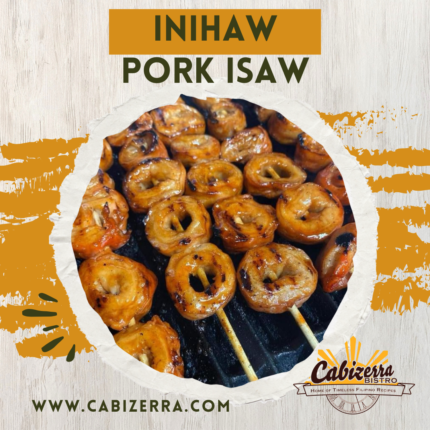
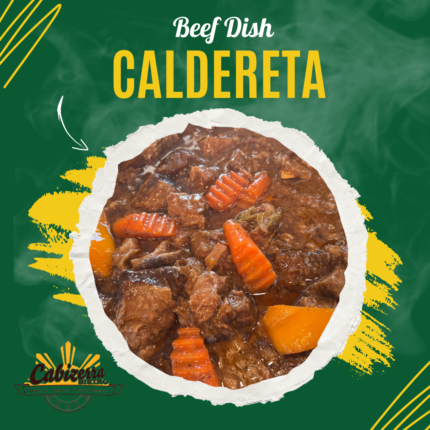
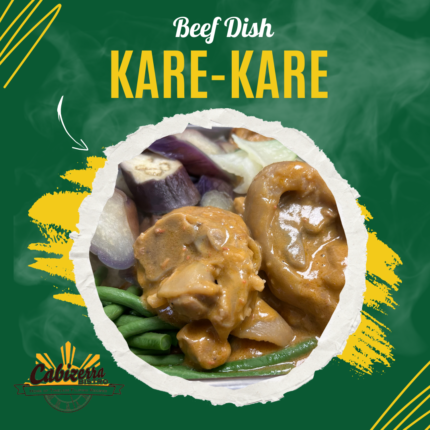
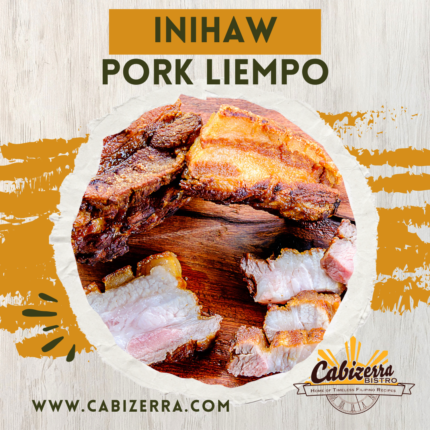
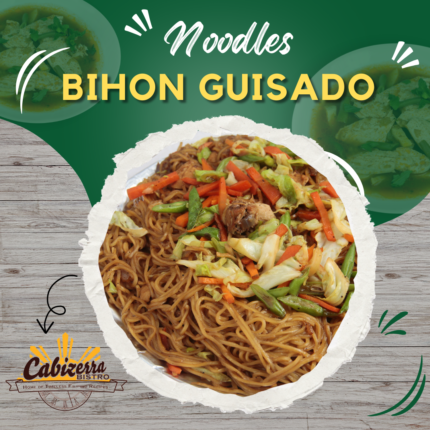


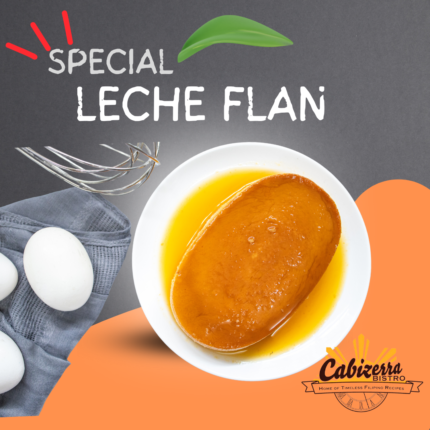
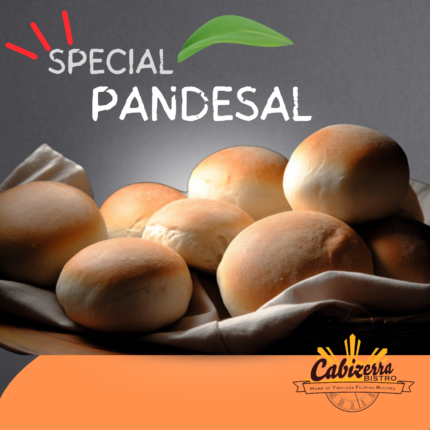
Reviews
There are no reviews yet.